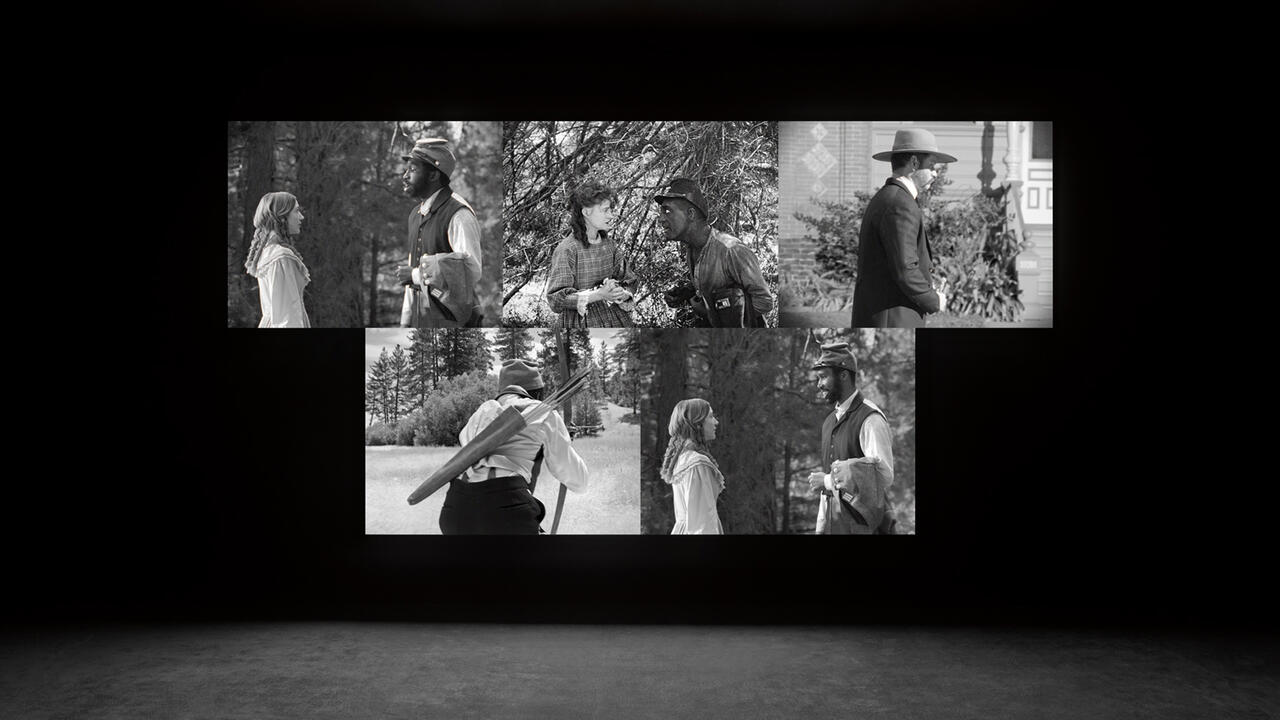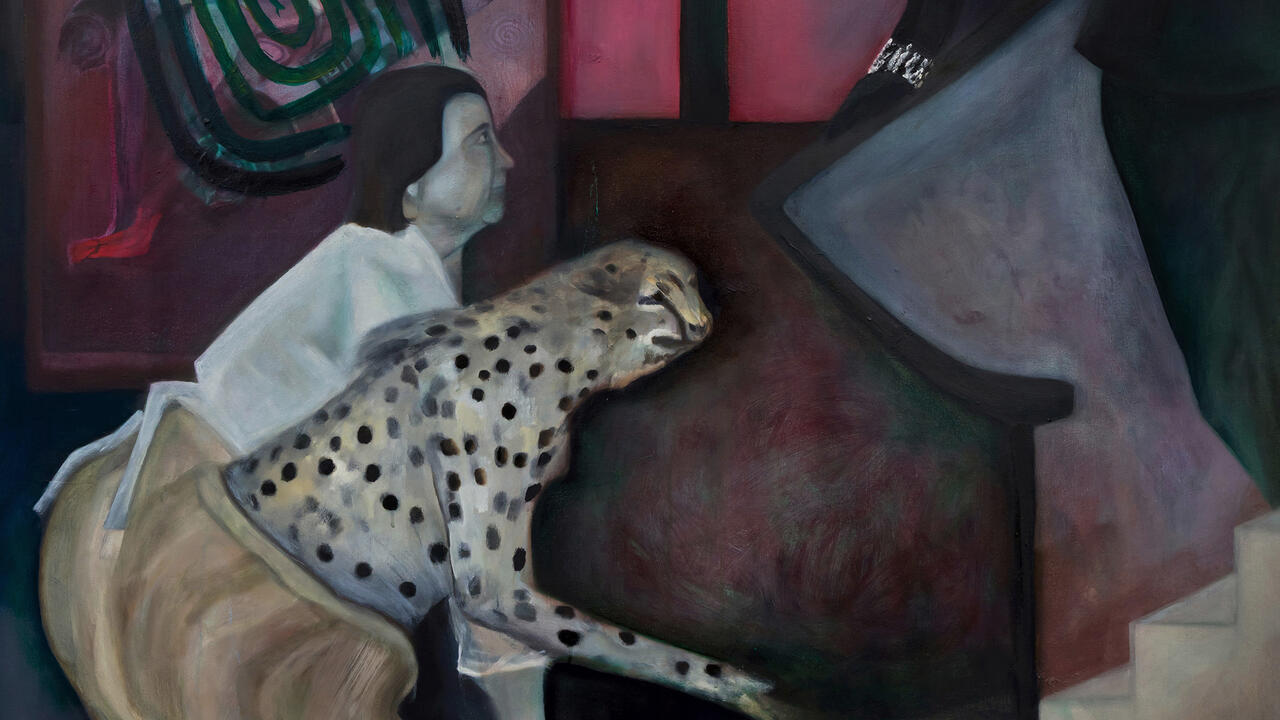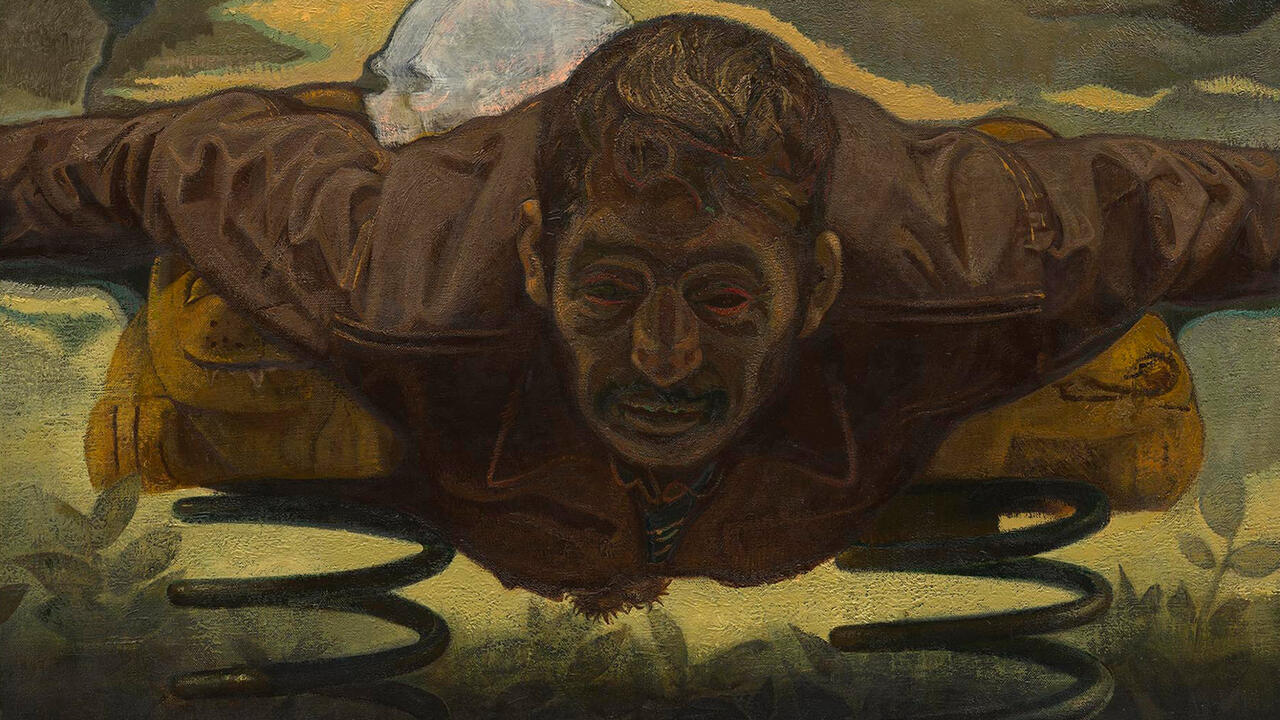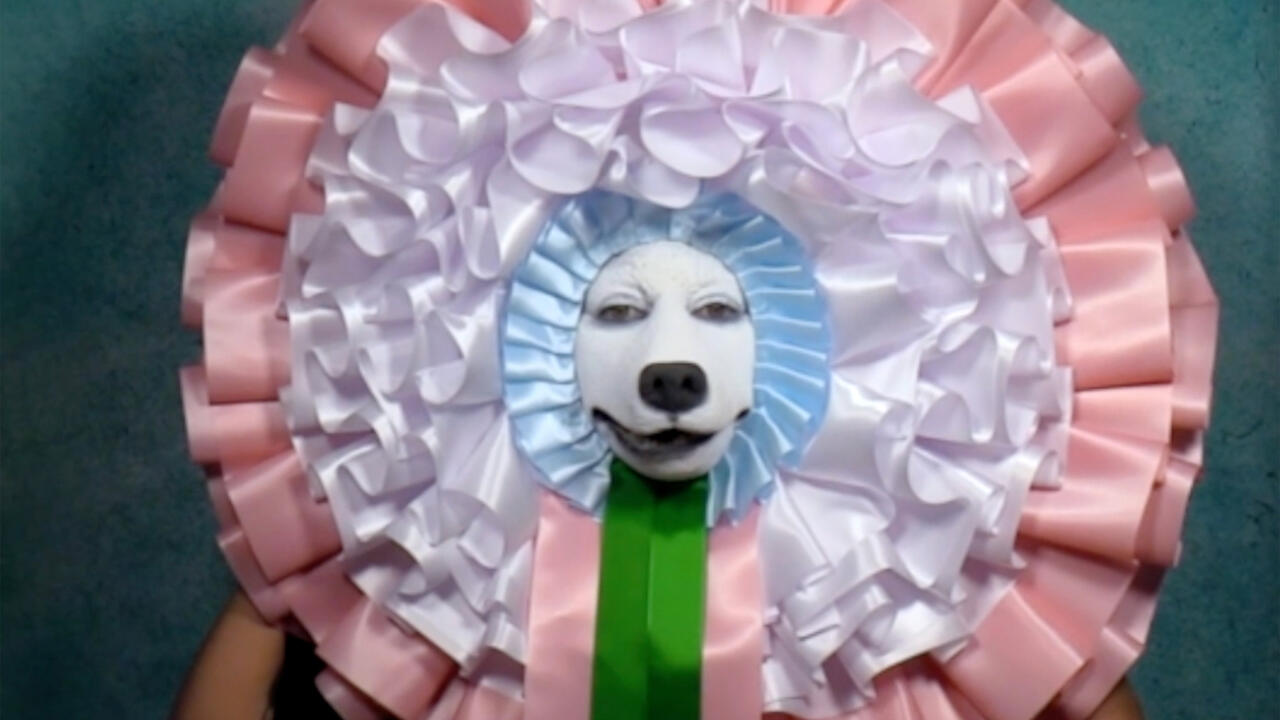Rembrandt by Himself
‘The biggest blockbuster of them all’ at the National Gallery, London
‘The biggest blockbuster of them all’ at the National Gallery, London
You can almost imagine the end of the year roundups. 'This was the year', they'll say, 'when young British artists were pushed aside by real painters, when blockbuster exhibitions of Ingres and Monet and Van Dyck seized the headlines in London and made contemporary art seem irrelevant, the year when art history struck back, a return to order.' It was the moment of the talking up of painting, when feasting your eyes on waterlillies washed away 'Sensation' and reasserted 'traditional' taste.
But that wasn't the case with 'Rembrandt By Himself' which was marketed as the biggest blockbuster of them all. It didn't pull the crowds like Monet; there were no queues around Trafalgar Square. After all, making your way into a dark subterranean space to see a man rot and die before your eyes wasn't exactly what you'd call perfect summer entertainment.
'Rembrandt By Himself' was an awkward, unsettling show. We all have bodies, we're all dying slowly, so we all know what these paintings are about. The artist's eyes don't exactly follow you around the room; they interrogate you, they take you apart. The chronological organisation of the display encouraged you to read it as an autobiography: Rembrandt as a wild young man embarrassed by his big nose and trying on expressions like someone mugging in a photo booth; a middle-aged success who has very noticeably ditched his gold earring; an old man facing death, who looks back at us with his rod broken, his book thrown away, his magic dispersed in the sublime browns and greys of his late self-portraits.
But it is possible to resist this reading, or to analyse it – via art history, for example. You can look at the paintings as products of a studio that was run as a business, a 17th-century prototype of Andy Warhol's Factory, which churned out Rembrandts that the master signed after his assistants did the work. The fact that his pupils copied his self-portraits as part of their training suggests he regarded 'Rembrandt' as a reproducible identity: a pattern of the artist for others to emulate.
Another way of making sense of these paintings might be to say that if Rembrandt's early self-portraits are stagy essays in pose and expression, so are the late ones. There is no transition in Rembrandt's art from falsehood to authenticity. Rembrandt never stopped trying out costumes or poses: in the old man paintings he's trying out being an old man.
It's when you think you have caught Rembrandt out that he catches you out. There he is, holding a Turkish scimitar the wrong way round, as if to emphasise that he isn't painting himself as a Turkish warrior, he's painting himself pretending to be a Turkish warrior. It's in this gap between fiction and the acknowledgement of fiction that his art becomes factual – about a man who made paintings about the impossibility of ever establishing an identity that is forever fixed. It's this acknowledgement that makes us feel as if we are facing someone as confused and as alive as ourselves.
In two studio portraits, one early and one late, Rembrandt paints himself as a painter. In The Painter in His Studio (c.1629) the artist stands far back from an easel that is turned away from us. His eyes are as black and as huge as the easel's content is unknowable: the void of Rembrandt's gaze is a space that is entirely internal, as if he were trying to engage us not with what we see but with what we can't see: the mind of the artist. In his late Portrait of The Artist (c.1663), Rembrandt contemplates us head on, and we are on our mettle. He nuzzles his palette in his arm, wearing his white painter's hat and smock, as if advertising himself as a painter, but the painting isn't finished. His chest may be a mere smear of red, but what is complete is Rembrandt as authorial presence.
'Rembrandt By Himself' offered no consolation to anyone who longs for real painting to come back and wash video art down the pan. It had no part to play in a return to order. On the contrary it suggested that Rembrandt was the first conceptual artist. If his paintings don't titillate the eye in the same way that his contemporaries' still life paintings do, perhaps it's because what Rembrandt really wanted to do was to get inside your mind.






















